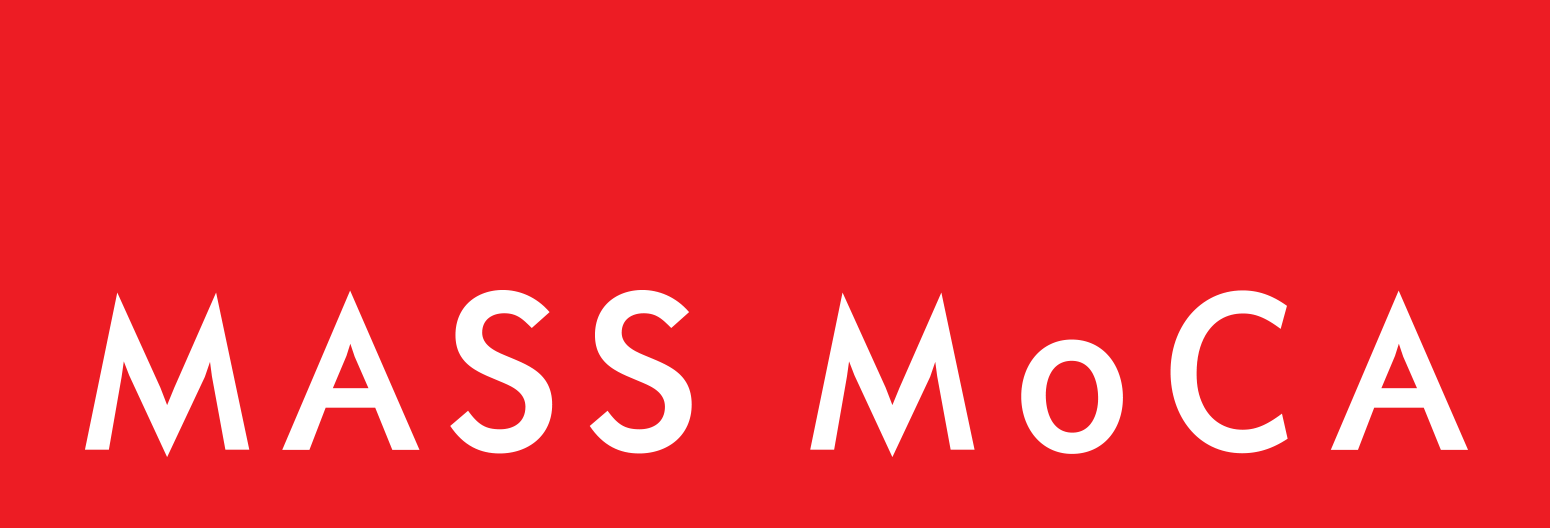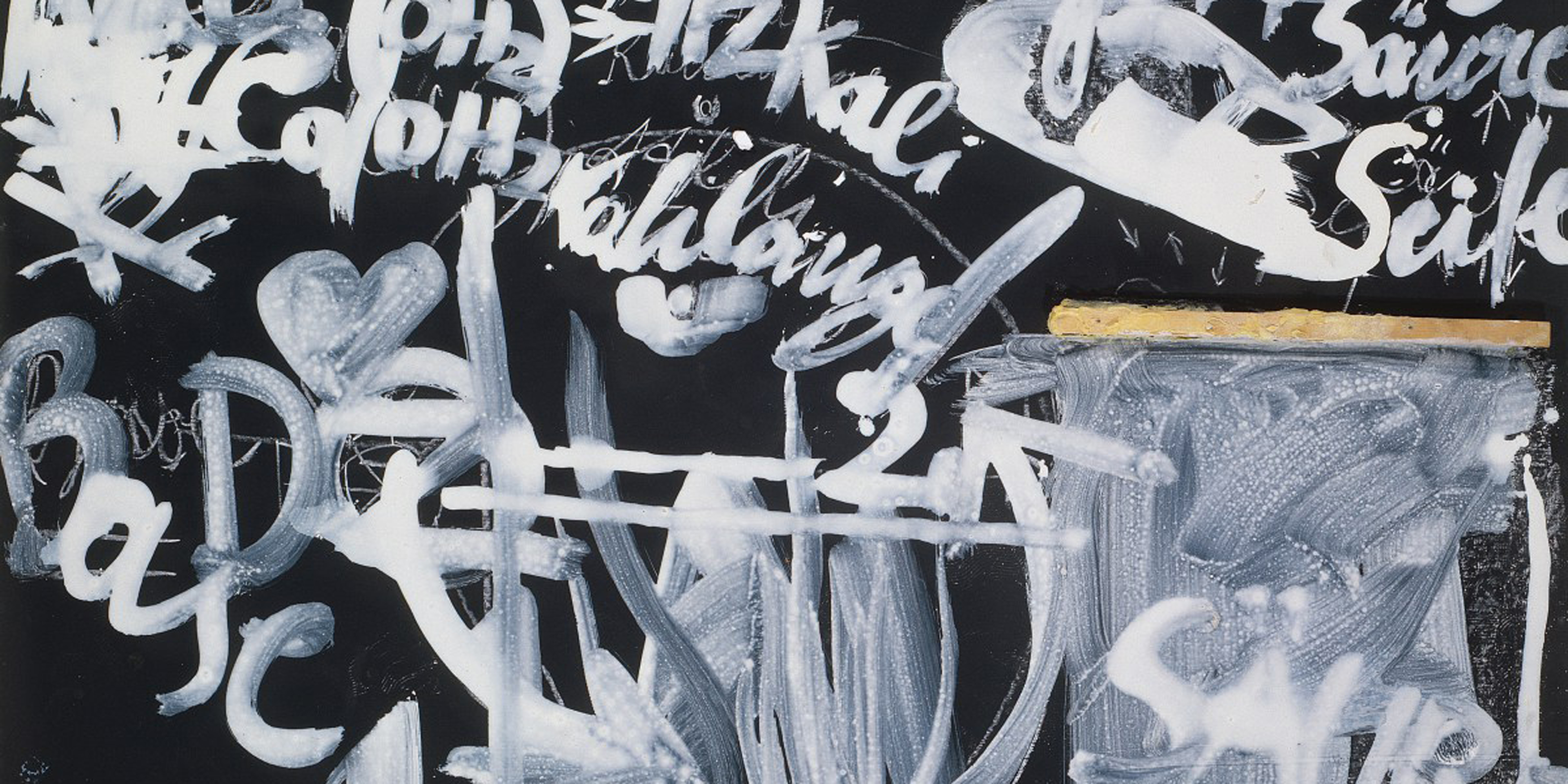Archive, Archive Exhibitions, Exhibition
- September 1999 - December 2000
Drawings served as the “energy source” from which Joseph Beuys derived his inspiration for his work in all media. It is through his works on paper that the artist’s thoughts first took tangible form and that he was able to transcend traditional discourse. From the time be began making drawings in the late 1940s until his death in 1986, Beuys produced more than ten thousand drawings. Although remarkable in the diversity of styles, techniques, and materials, there was also a consistency of subjects and forms that would recur throughout his career. Beuys drew on many supports, from newspaper to calendar pages, often with torn and cut paper collage applied to the surface. He often combined traditional art materials, including pencil, watercolor, and ink with organic substances such as blood, fat, felt, wax, and soap. These materials became Beuys’ trademark and were imbued by him with social and spiritual significance.
Beuys began combining natural and abstract forms in 1947 in drawings such as Untitled (Boom) (1948). During a period of personal crisis that followed the trauma of his wartime experience in the German Air Force, Beuys drew prodigiously. Throughout the ’50s and early ’60s, he adopted motifs from Nordic myths, Christianity, Shamanism, and local folklore. Paracelsus’ writing on alchemy, Steiner’s anthroposophy, Goethe’s color theory, and Leonardo da Vinci’s scientific investigations also informed his thinking. Prevalent in his work from the ’50s are depictions of landscapes, animals, and women, often rendered in hare’s blood and Beize (an iron compound) underscoring the close association that Beuys drew between these subjects, the earth, and the regenerative cycles of nature. Central to Christian, Celtic, and German folklore, the stag — as a conduit to a spiritual domain — is frequently depicted in drawings such as Stag Woman with Felt Sculpture (1959) as well as in sculptures, as, for example, in Lightning with Stag in Its Glare (1958-1985) exhibited on the second floor.
In the late ’50s, Beuys introduced a material, Braunkreuz, that, like fat and felt, had particular autobiographical associations. Literally meaning “brown cross,” Braunkreuz has a varied composition that includes industrial paints, oils, rust-proofing, and blood. It is a highly evocative substance, saturated with symbolic meaning. References to Nazi Germany are conjured by the brown color, which had associations with National Socialism, and the cross, which evokes both German military insignia and the Hakenkreuz, or swastika. In color and materiality, Braunkreuz suggests rust, dirt, and excrement; but above all, like Beize, it evokes the earth, with the implicit associations of fecundity and decay. Drawings such as Condensed Field in Braunkreuz Field (1963) and The E-Plan for the W-Man (1974) reveal the range of color (from red to gray-brown hues), density, and texture that Beuys could achieve with this medium.
In the early ’60s, Beuys began his association with Fluxus, seeking a rapprochement between art and life, and favoring actions that brought art out of the studio. Beuys’ obsession with listing and indexing is evident in a work such as Sediment — traditionally dated 1959, but likely to date several years later — in which he lists a diverse range of objects and substances from the material world. The list evolved in Beuys’ oeuvre into short stage plays and, in drawings such as Vitex Agnus Castus (1972), into elaborate scores for his contemporary actions.
The integration of the artist’s life and work is fully realized in Words Which Can Hear (1979), a serial drawing composed on the pages of the artist’s datebook. Part of a cycle of calendar drawings begun in 1975, the torn pages are arranged in a grid, giving the two-dimensional works a sculptural presence. The curved pencil lines, that often render the words illegible, resemble sound waves and thus refer to the spoken rather than the written word.
With his blackboard pieces, Beuys would liberate drawing entirely from its association with a private, intimate act. During lectures advocating the “social sculpture,” he began producing chalkboard drawings in the public domain. Virgin (1979) is the product of a public discussion; using chalk, tempera, and soap, the piece bears the chemical formula for soap; its title derives from the artist’s association of cleanliness with virginity.
Joseph Beuys, Virgin, 1979
Chalk, tempera, wood, and soap on blackboard


